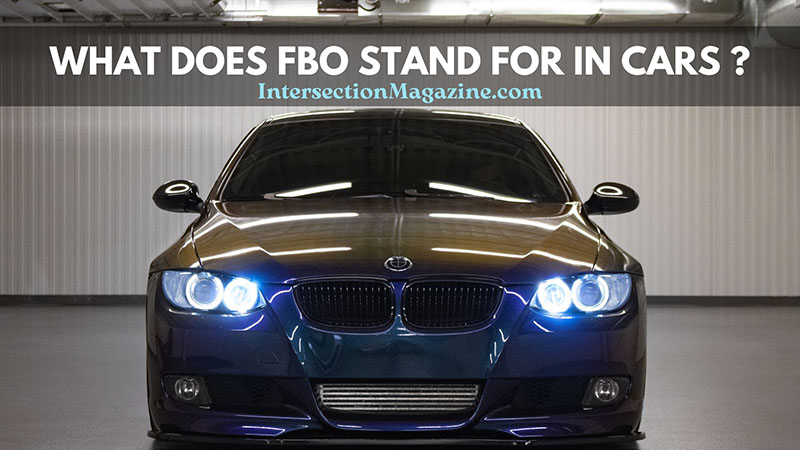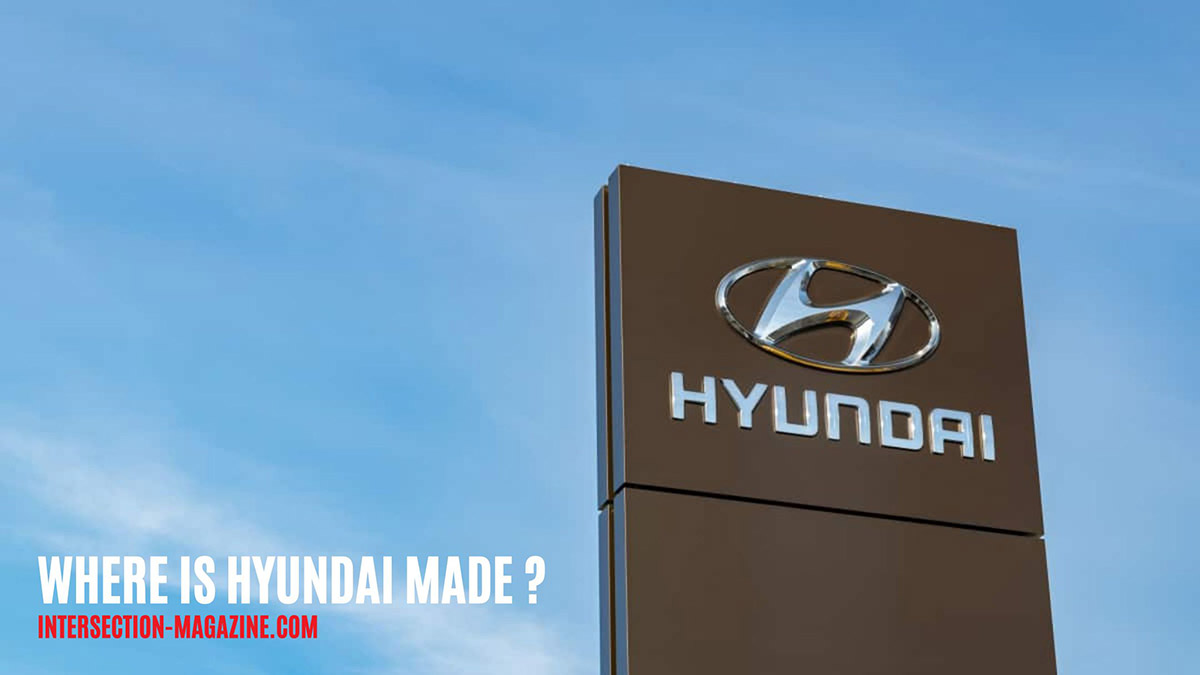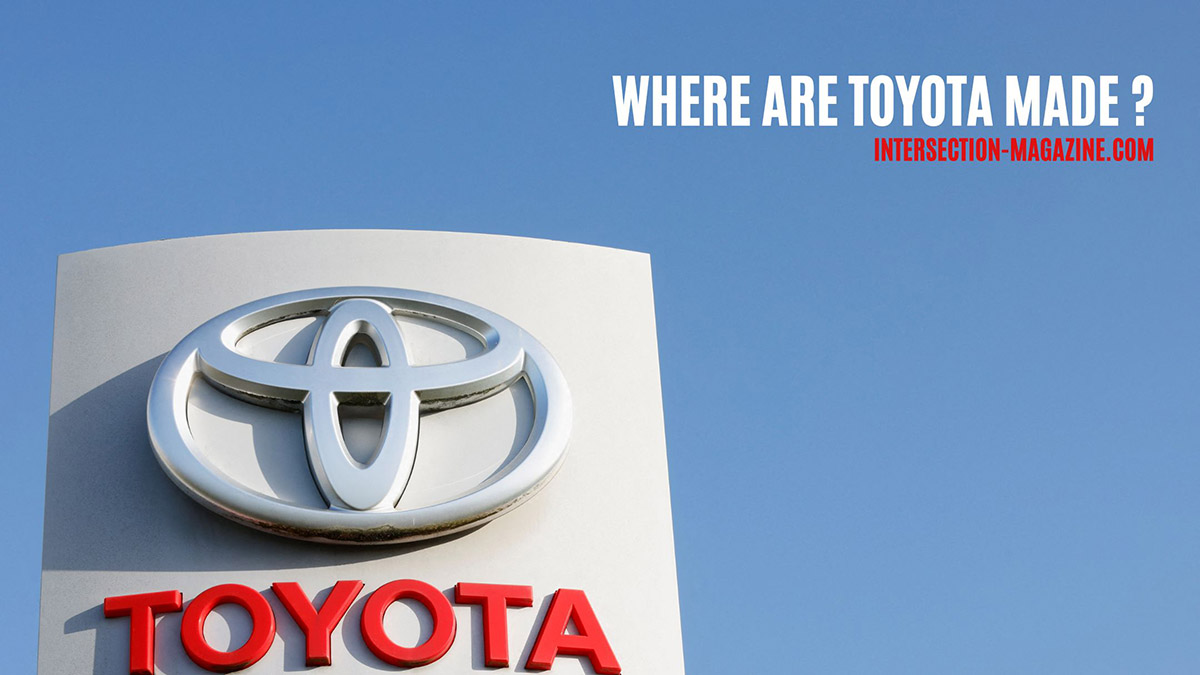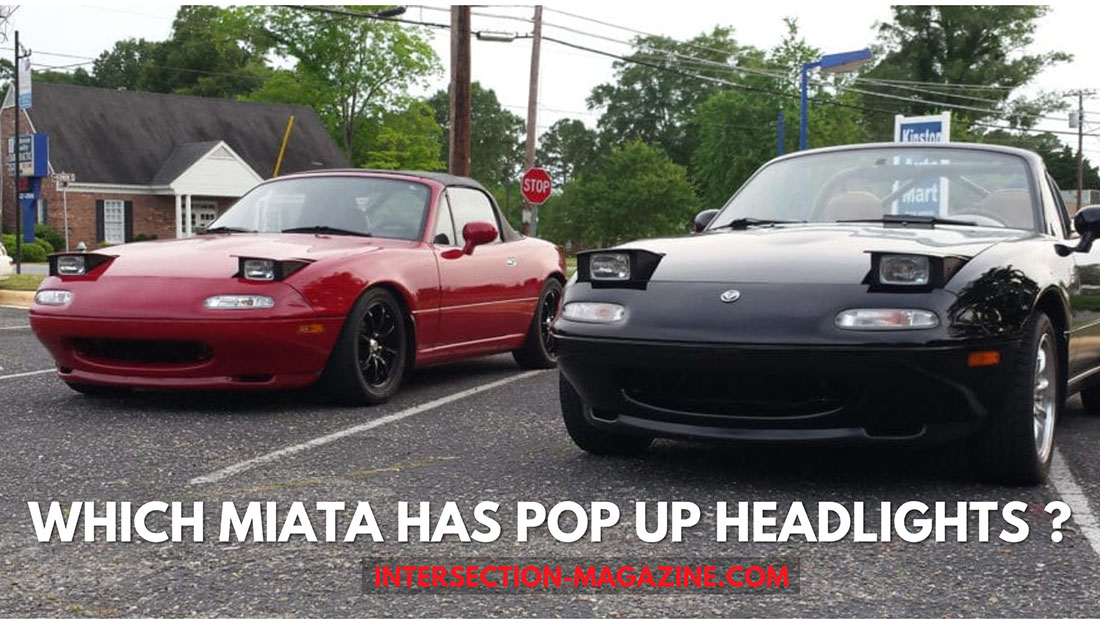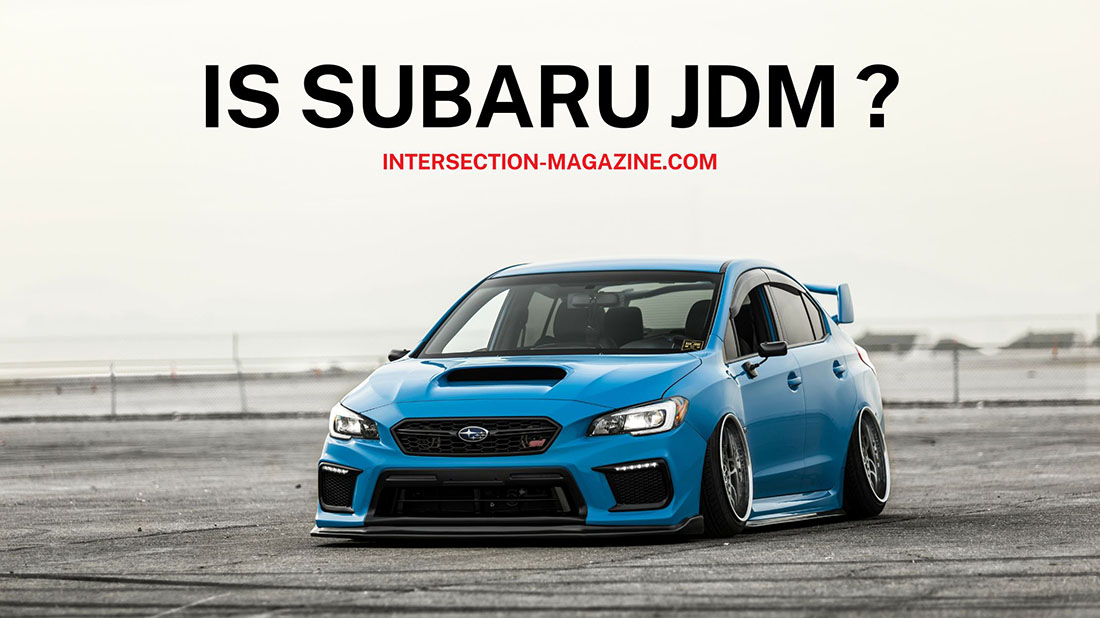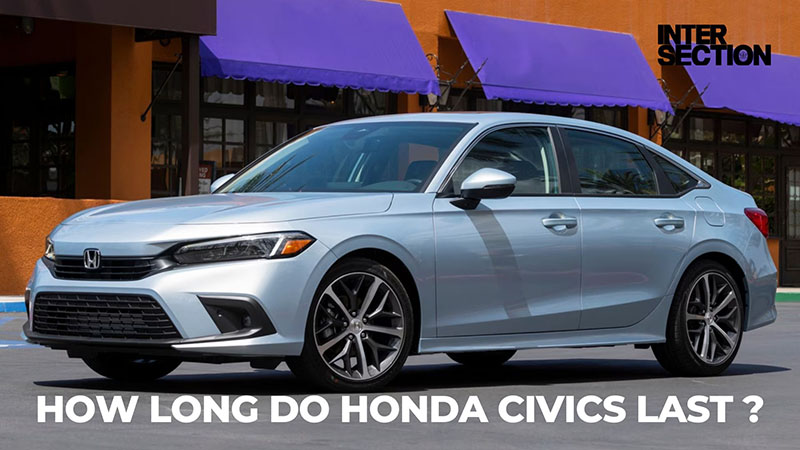Throughout decades of active community building, car enthusiasts have devised numerous inside-reference acronyms that Muggles can never understand – and “FBO” is one of them.
If you are not content with the car’s factory design and wish to implement any aftermarket upgrade, then click back: this article on FBO cars is for you. Keep scrolling!
What Does F/B/O Stand For?
“FBO” or Full Bolt-On refers to complete car upgrades that revolutionize the entire factory design to improve its power and performance. No cutting, welding, or tuning is involved; the stock components will be removed to “bolt on” newer ones.
As their deliveries are miles ahead of stock cars, these full bolt-on upgrades are the fastest way to make your power beast stand out in terms of practicality, speed, and even appearance. For example, suppose your car’s maximum speed is 200 MPH; then FBOs can raise that number to 220, 250, or even 300 MPH if installed correctly.
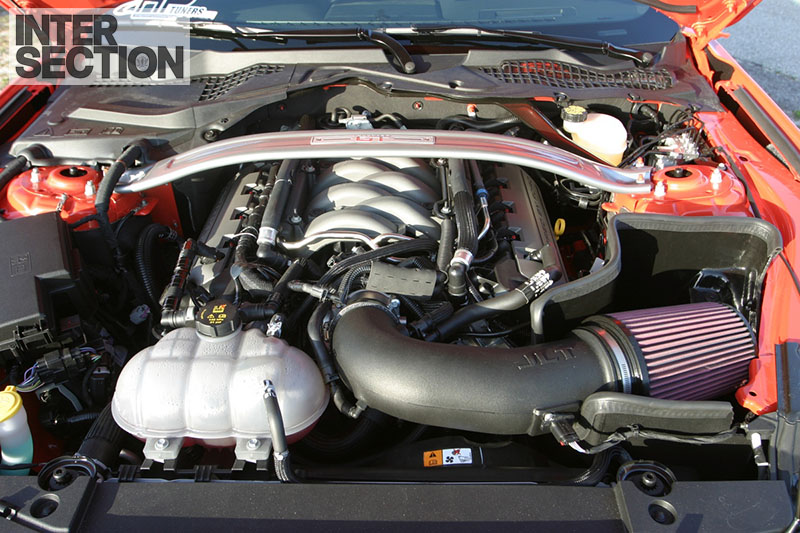
What Is Considered Full Bolt Ons?
Typical FBO upgrades involve a wide range of car parts like the shocks, tires, rims, brakes, seats, anti-roll bars, turbos, exhausts, throttles, catch cans, and wheel spacers.
Shocks
Shock absorption upgrades lend the tire better road contact while solidifying the suspension at the same time. As such, your trips on uneven, bumpy roads will be much more convenient, especially when the speeds increase.
Specialized Tires/ Alloy Rims
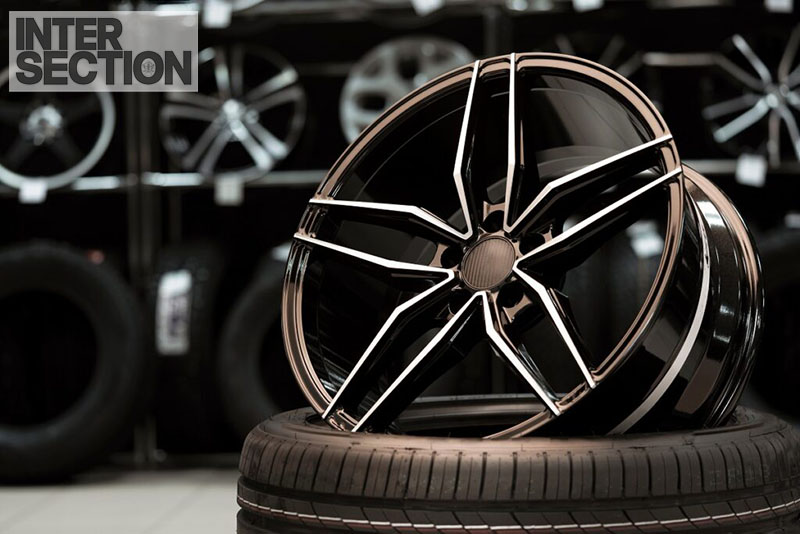
Alloy rims offer impressive visual appeals, a great choice for drivers that want to set their beloved cars apart from mainstream designs. Not to mention, the wider diameter (a signature trait of alloys) also paves the way for better traction.
Note that extra painting/bodywork might be required in these cases. And redesign is also called for if the wheels do not fit in the arches.
Steel-Braided Brake Line Connections
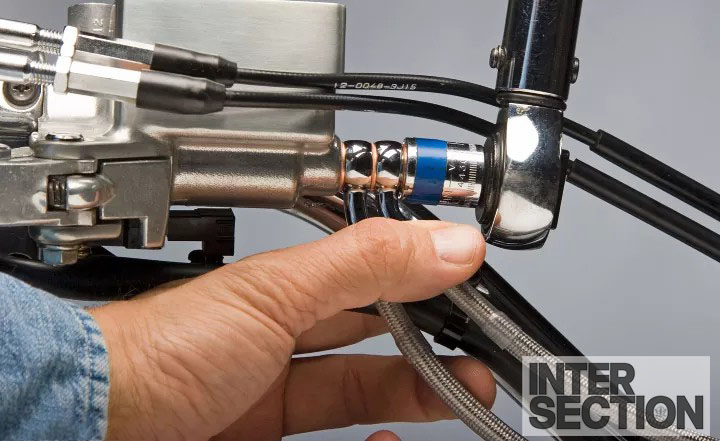
These aftermarket brakes are a huge step above standard rubber ones, facilitating better caliper force transmission, brake response, and flexibility thanks to the robust linkages.
Unfortunately, there is one downside to steel brake lines: the price does not seem to give tight-budget customers any mercy. Tread with caution to avoid putting yourselves in unwanted financial compromise.
Seats
FBOs are mostly tailored to the car’s exterior shell, hence the reason standard features like car seats seem to sink in the dark and get forgotten.
Sure, seats do not offer any extra competitive edge in the engine block or speed. Nevertheless, the exceptional lateral support it brings about at difficult maneuvers and tight corners is still worth the investment.
Remember to clean the seats at least twice per week for optimal hygiene. Numerous cleaners for leather seats (such as Magic Eraser) barely cost you a dime.
Anti Roll Bar
As the name suggests, the point of an anti roll bar is to reduce body rolls at high-rate turns.
Higher-end models (BMW 3, for instance) have already come prepared with this feature. But for mid-range cars that don’t, bolt-on anti roll bars will be among the best upgrades they could ever receive.
Turbos
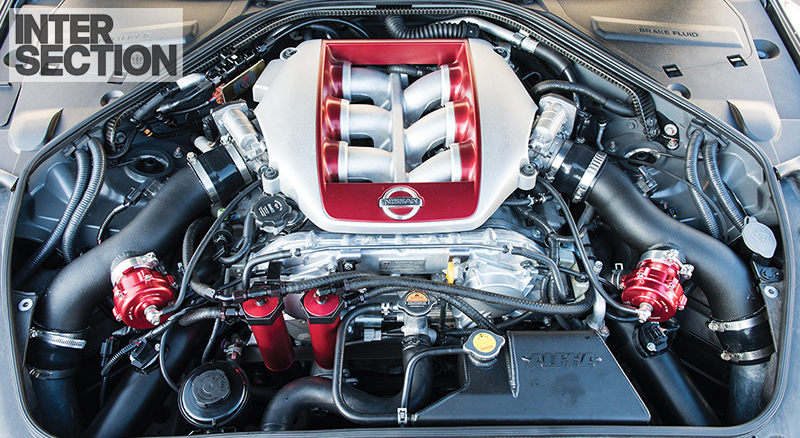
Drag strip boosts and lag time reduction are not exactly the best strengths of standard turbos – something their aftermarket counterparts could easily fix.
Basic bolt-on turbos incorporate amazing technological advancements and designs, offering hundreds (if not thousands) of choices to choose from. Guaranteed perfect installment, they will bring your automobile speed to a new level.
Exhausts System Headers
For those wanting both engine power/torque AND aesthetics with custom touches, trust exhausts system headers to do the job.
It is easy to understand why factory-manufacturing exhausts drive people crazy: their heavy momentum crashes down on the cylinder’s incoming gasses, compromising the motors’ efficiency.
To tackle that ongoing problem, bolt-on exhaust producers pair each exhaust pipe with a separate cylinder to reduce most car rear pressure.
As such, the cars’ exhaust expulsion becomes much more streamlined, allowing the engine components to break records during intense races.
Even better, installing them is almost a no-brainer process: even beginners should have no difficulties following the guidelines.
Throttling Devices
Throttles allow better airflow and circulation within the pipes, which, in turn, power up the combustion and performance of the engine control unit.
Cars for regular, daily driving can certainly live without upgraded throttling. But if you seek maximum power, internal engine modifications, and handlings, there is no better shortcut than this.
Catch Can
The hoses that connect the crankcase to the manifold are where catch cans are plugged in.
Their role is to keep the crankcase’s debris and grim from entering the intake manifold and accumulating there. As such, bad fuel economy, decreased horsepower, and even misfire risks will be kept at bay, propelling the car to its best performance.
Wheel Spacers
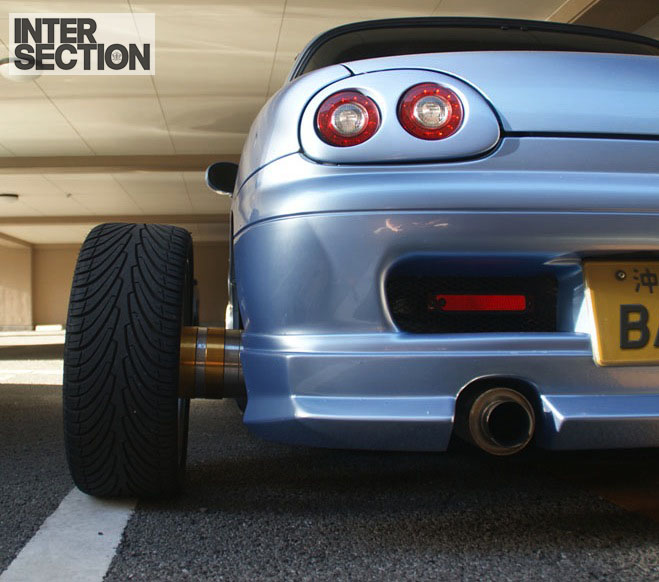
These bolt-ons modifications expand and modify your wheel’s bolt patterns and offsets. They allow space for larger brake calipers, bigger wheels, and better handling.
But stay alert: the process is not as straightforward as other bolt-on options. After all, the axle’s studs, ball joints, and unit bearings must adapt to higher pressure now that the wheel offset is increased, which may mess up the rest of the tire assembly.
That’s why half-hearted, simple upgrades are out of the question; plan ahead and ask for professional help if needed.
How Much HP Can Full Bolt-Ons Add?
Each FBO can add at least a 2% HP increase and a 4% torque boost to your car. The more FBO you include in your design, the more powerful your car will become (guaranteed high-quality devices and proper installation).
Do Bolt-On Modifications Void Warranty?
Probably yes, especially if the FBOs are meant to change or even replace major compartments of the car system. But if you only purchase FBOs to upgrade the car’s exterior (in simpler terms, these bolt-ons have zero functions other than the appearance), then there is nothing to worry about.
Do Bolt-On Accessories Damage Cars or Engine Performance?
No, if the aftermarket bolt-on parts are high-quality, have comparable ratings with the car designs, or are installed correctly. Still, the risks are lurking around; only settle with FBOs if you believe in your technical expertise (or know someone who has it).
Conclusion
The FBO on cars points to “Full Bolt-On,” the dream of every devoted car enthusiast.
While the idea of having people marvel at your beloved car tastes sweet, do not forget the potential technical risks. Think twice before installing any bolt-on parts on your car’s system.
See more: Honda Civic a12 service code meaning

